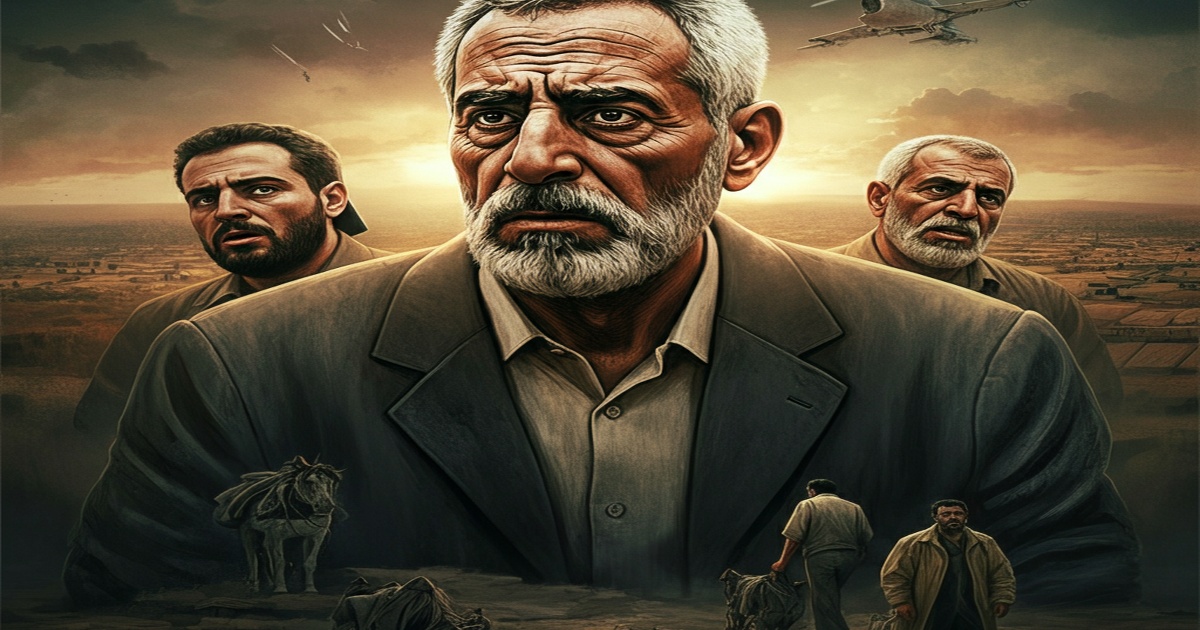Earlier this year, President Joe Biden authorized the construction of a temporary pier aimed at facilitating the delivery of humanitarian aid to Gaza, despite apprehensions voiced by some staff within the U.S. Agency for International Development (USAID). According to a report from the USAID inspector general, these staff expressed doubts regarding the feasibility of the effort and its potential to undermine the push for more effective land crossings to deliver food and supplies to the area.
In his State of the Union speech in March, Biden outlined the intention to use the temporary pier to expedite the flow of aid into a region deeply affected by the conflict between Israel and Hamas. However, the Joint Logistics Over-the-Shore system (JLOTS), a military-managed project costing $230 million, was only operational for around 20 days. By July, the project had faced severe challenges, including poor weather and security risks, which limited the distribution of critical supplies to those in need. Despite the intention of providing food for 1.5 million people for 90 days, the effort managed to feed only about 450,000 individuals for a month before ceasing operations.
The situation became more complicated as high waves and inclement weather caused ongoing damage to the pier’s functionality. The World Food Program (WFP) eventually withdrew its support after an Israeli rescue operation occurred nearby, leading to concerns regarding the neutrality of their workers amid the ongoing conflict. National Security Council spokesman Sean Savett later stated that the project did succeed in delivering food to the Palestinian population amid the dire humanitarian crisis, emphasizing the U.S. commitment to finding avenues to increase aid flows.
Additionally, the report highlighted a failure on the part of the United States to adhere to commitments made with the WFP for aid distribution. The U.S. had promised to position the pier in northern Gaza, where the need was greatest, and to ensure security through a U.N. member nation for the sake of neutrality. However, the pier was ultimately situated in central Gaza, a decision made by the Pentagon for security reasons, as the U.S. military could not secure the participation of a neutral country. Consequently, Israel's military was assigned to provide security for the operation, further complicating the situation.







5 Comments
BuggaBoom
The pier project was a bold and innovative attempt to address the humanitarian crisis in Gaza. While it faced challenges, it was a step in the right direction.
KittyKat
The U.S. should be commended for its commitment to providing humanitarian aid to the people of Gaza, even amidst the complex political situation.
Noir Black
The challenges faced by the pier project should be seen as lessons learned for future humanitarian efforts in Gaza.
Dick Pick
It's important to remember that the pier project was a temporary solution, aimed at addressing an immediate crisis. It was never intended to be a long-term solution.
Eugene Alta
The U.S. should be commended for its leadership in addressing the humanitarian crisis in Gaza.